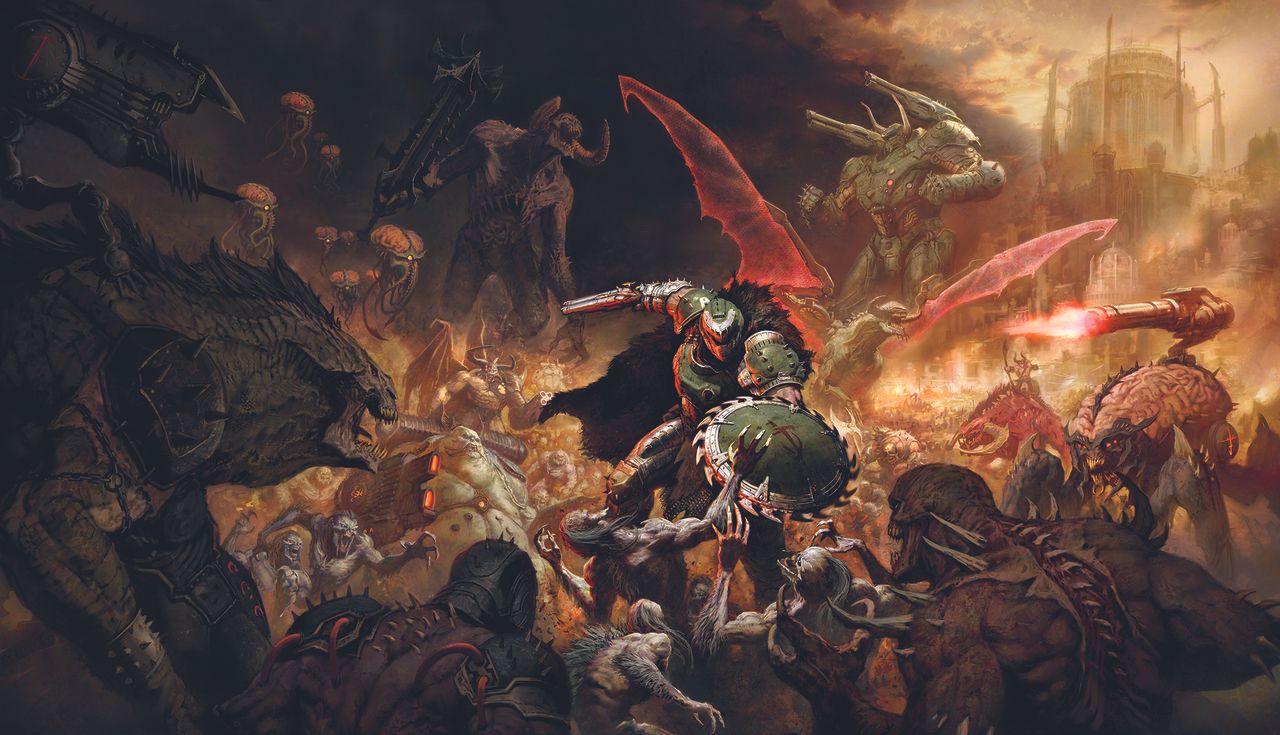¡Es absolutamente inaceptable lo que está sucediendo en el mundo de los trabajos de Blender! La situación es un desastre total. En agosto de 2025, vemos una lista de empleos que no solo son escasos, sino que también están mal remunerados. ¿Dónde están las oportunidades reales para los artistas 3D? ¿Por qué seguimos viendo contratos temporales y proyectos en condiciones deplorables? ¡Estamos perdiendo el tiempo y el talento en trabajos que no valoran ni remotamente nuestras habilidades! Necesitamos un cambio urgente en la industria, y ya es hora de que exijamos trabajos que reflejen la calidad de nuestro trabajo en plataformas como Blender Artists y ArtStation. ¡Es hora de que se escuche nuestra
¡Es absolutamente inaceptable lo que está sucediendo en el mundo de los trabajos de Blender! La situación es un desastre total. En agosto de 2025, vemos una lista de empleos que no solo son escasos, sino que también están mal remunerados. ¿Dónde están las oportunidades reales para los artistas 3D? ¿Por qué seguimos viendo contratos temporales y proyectos en condiciones deplorables? ¡Estamos perdiendo el tiempo y el talento en trabajos que no valoran ni remotamente nuestras habilidades! Necesitamos un cambio urgente en la industria, y ya es hora de que exijamos trabajos que reflejen la calidad de nuestro trabajo en plataformas como Blender Artists y ArtStation. ¡Es hora de que se escuche nuestra
1 Comments
·0 Shares
·0 Reviews











